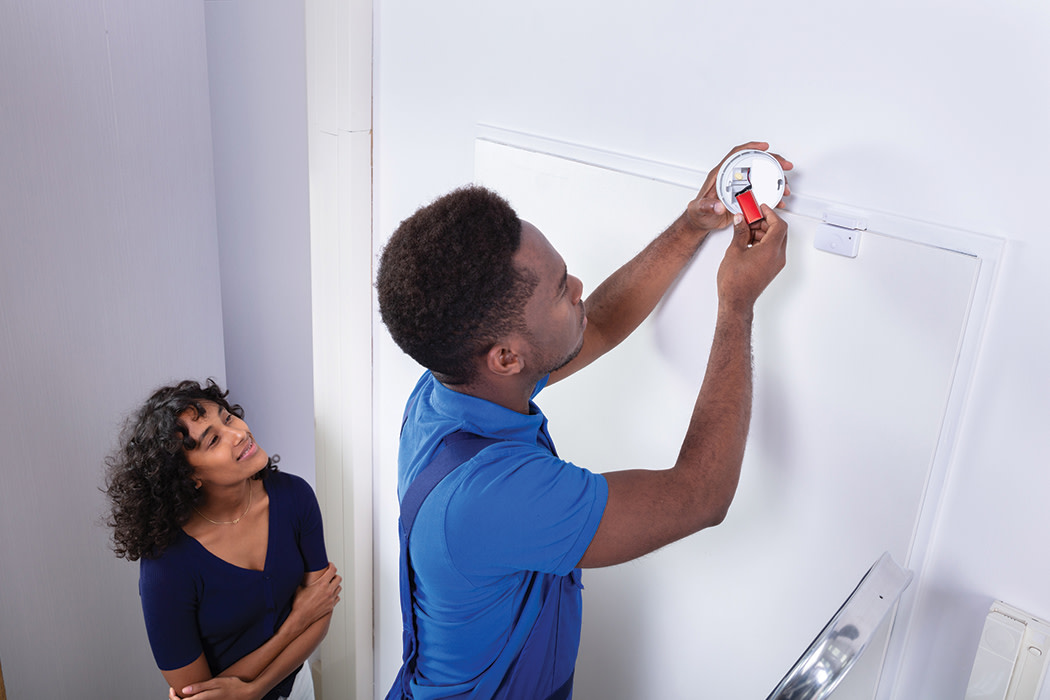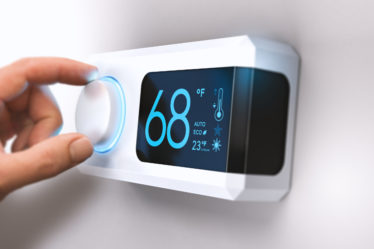
Carbon monoxide is a colorless, odorless, and tasteless gas that can prove to be very dangerous in confined spaces like your home. Carbon monoxide is a danger that many people fail to recognize because it is so difficult to detect. However, CO is a toxic gas produced by fuel-burning appliances, heaters, furnaces, power equipment, and other equipment. If you have a gas furnace, gas water heater, or gas stove in your home, you could be susceptible to a CO leak.
The CDC reports that more than 400 people die and another 50,000 are admitted to emergency rooms each year due to carbon monoxide poisoning. Many people don’t even realize they have been exposed to CO until they have symptoms. A good carbon monoxide detector can help provide an early warning about the presence of CO gas.
As a result of the dangers posed by carbon monoxide, it is imperative that every house or dwelling have an adequate number of CO detectors. Similar to smoke alarms, carbon monoxide alarms could prove to be lifesaving devices. If you aren’t sure of the best place to install carbon monoxide detector, you aren’t alone. There is some confusion about CO detectors and their installation. Let’s take a closer look at carbon monoxide alarms and where they should be in your home.
Where should you place carbon monoxide detectors?

Since CO detectors aren’t as common as smoke alarms, many people have questions and concerns about placing them. Many local laws and mandates require that a carbon monoxide detector be placed inside enclosed sleeping areas. In these cases, you will need a sensor in every bedroom. In general, however, experts suggest that you have a CO detector on every level of your home and outside of sleeping areas. It is important that when people in your home are sleeping or are spread out, everyone can hear the alarm if it goes off. The number of CO detectors that you need will depend on the size and layout of your home.
In general, CO gas is slightly lighter than air and will rise. However, it can disperse into all areas as it spreads throughout a room. The best place to install a CO detector is on a wall about five feet from the floor. This will ensure that the device is at a height where people are breathing. If this isn’t a possibility, CO alarms can be placed anywhere on a wall or ceiling.
How do you maintain your CO alarms?

As important as your CO detectors are, if they aren’t properly maintained, they may not function properly. Like your smoke detectors, experts suggest checking your CO detectors every month. Depending on your specific model and alarm, most devices are equipped with a test button. Once the test button has been depressed for a few seconds, the alarm will beep to let you know it is working properly. Performing a monthly test will give you peace of mind that your CO detectors are working properly and protecting your family and home.
Additionally, good maintenance also includes ensuring that each device has good batteries. A best practice is to replace the batteries in your carbon monoxide detector when daylight saving time changes. This means you are changing out the batteries in the spring and fall, or about every six months. Your carbon monoxide detectors serve a vital function, and you’ll want to ensure that they are working properly and well maintained.
Carbon monoxide detectors are important devices for any home to have. Known as the silent killer, a carbon monoxide leak can have dangerous consequences because it is hard to detect. Well-placed and maintained carbon monoxide alarms can ensure that you and your family are safe.



